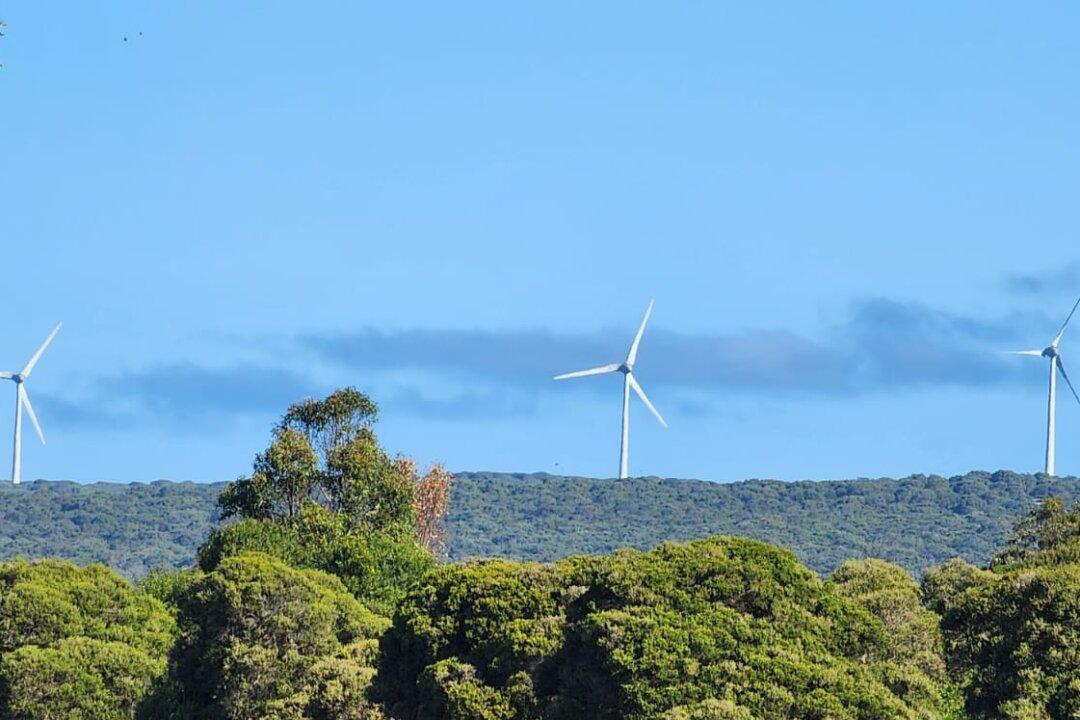More power generators will be needed if the Western Australian (WA) government succeeds in decarbonising—and electrifying—much of its economy, with new modelling revealing electricity needs to increase five-fold.
The Cook Labor government on Dec. 13 released its sectoral emissions reduction strategy (SERS) among dozens of other initiatives that aim to drive wider electrification in WA.




